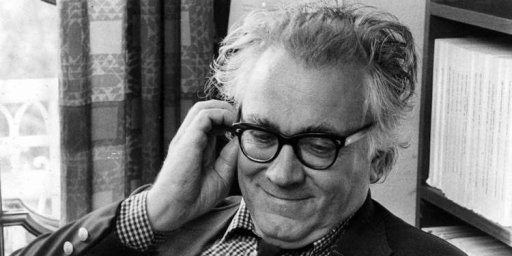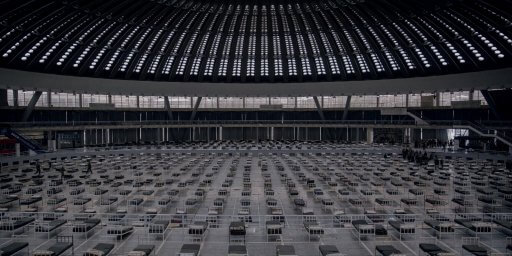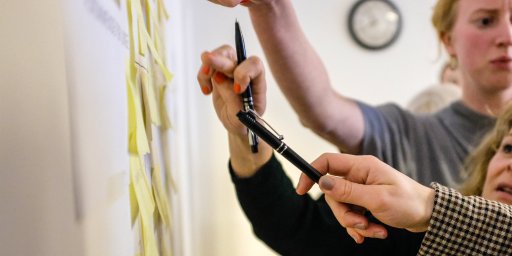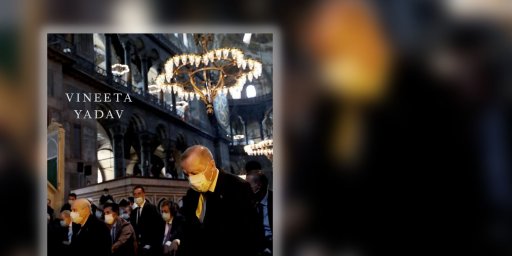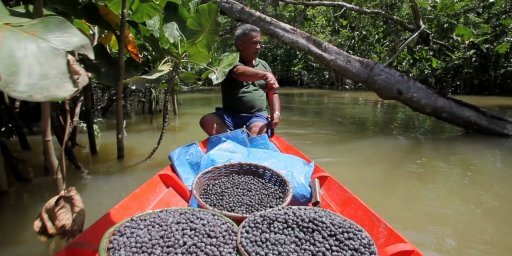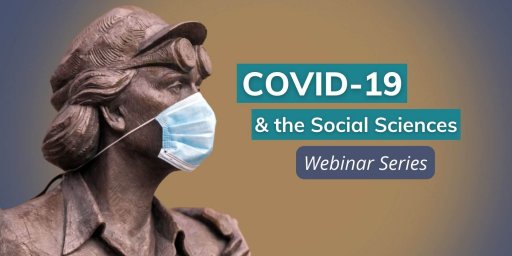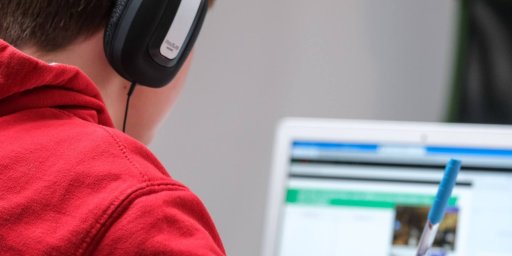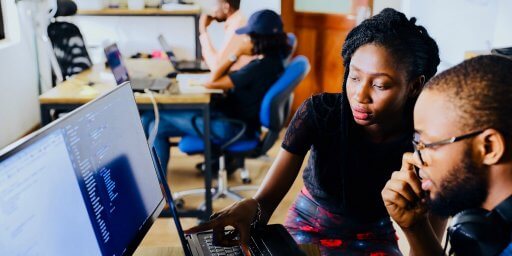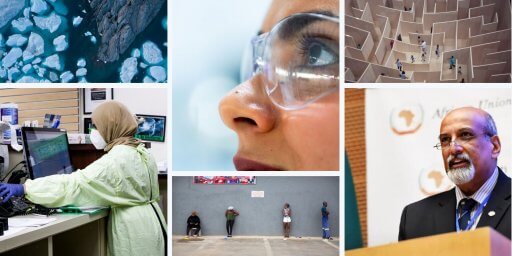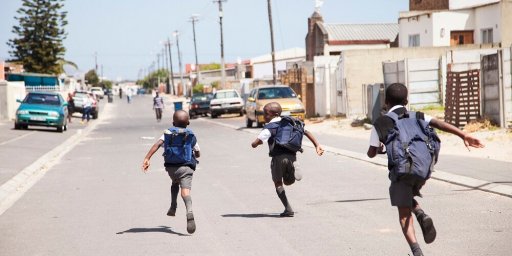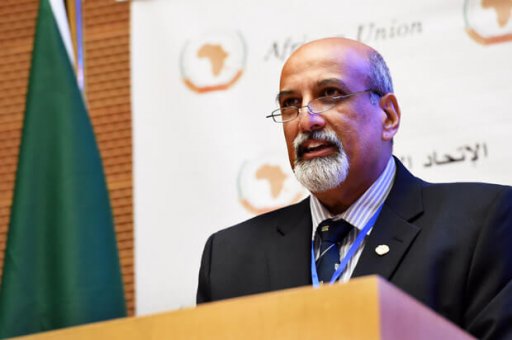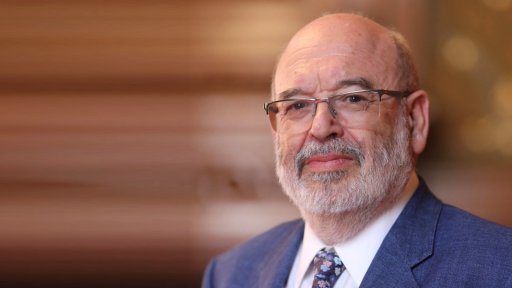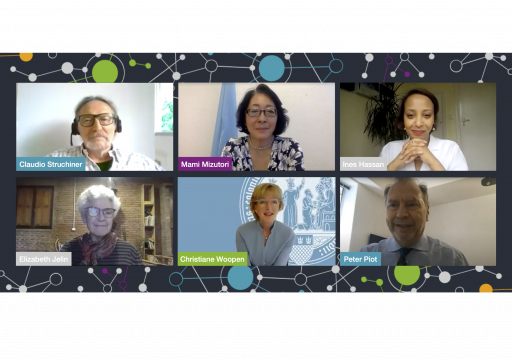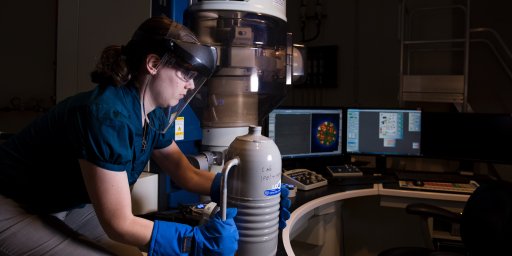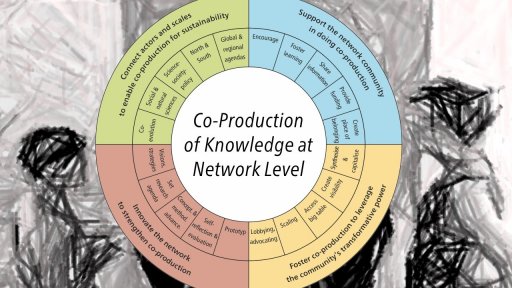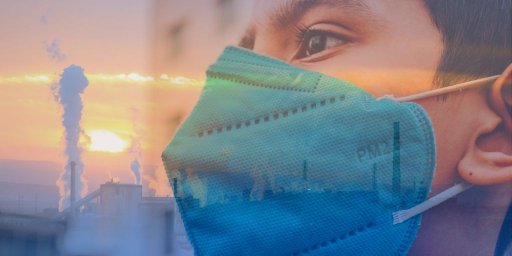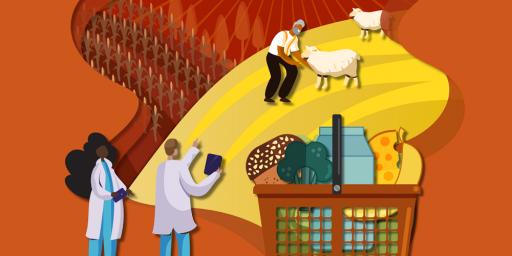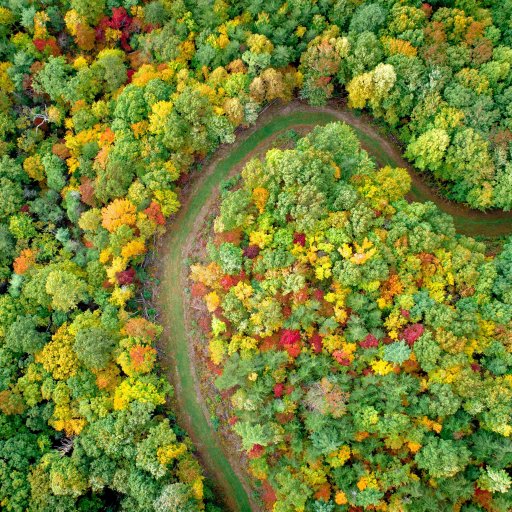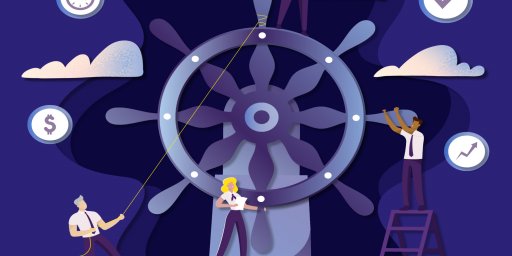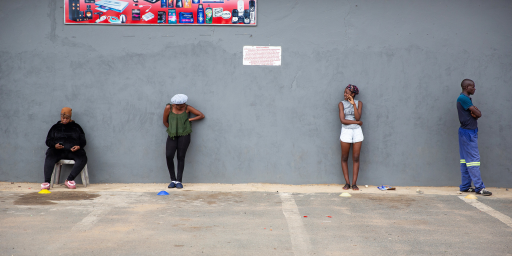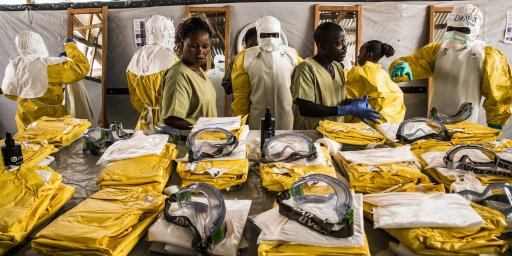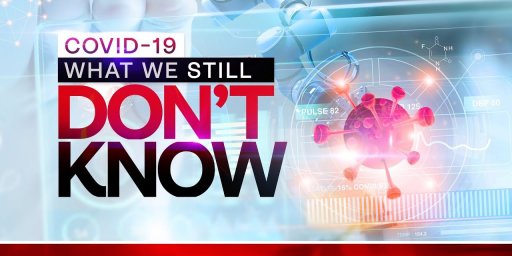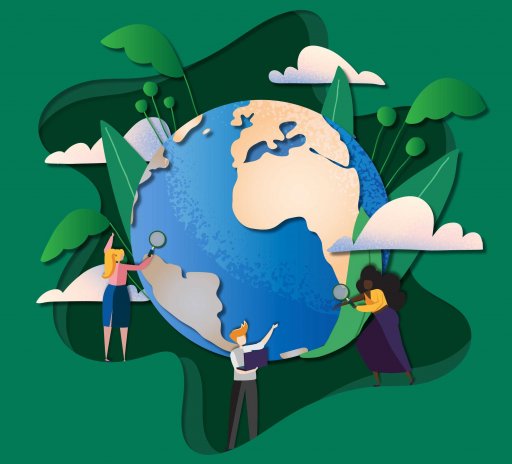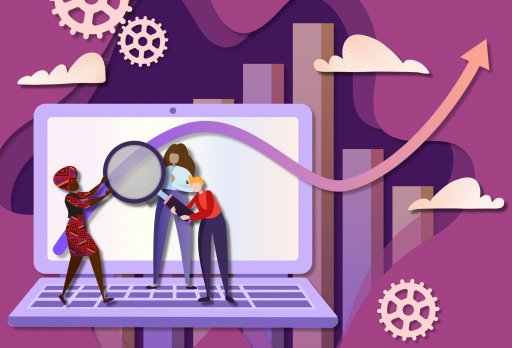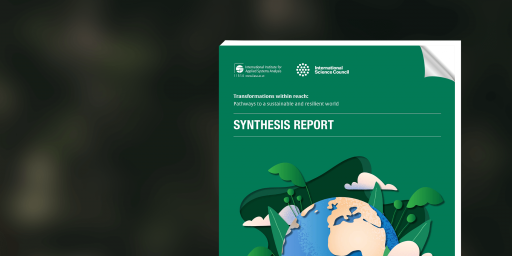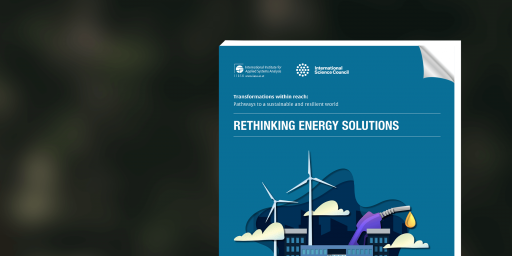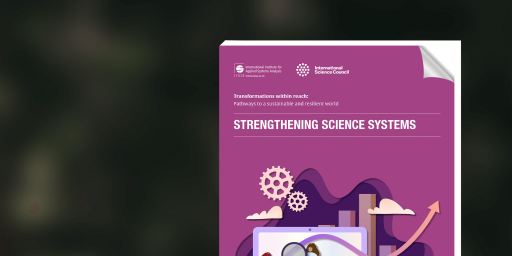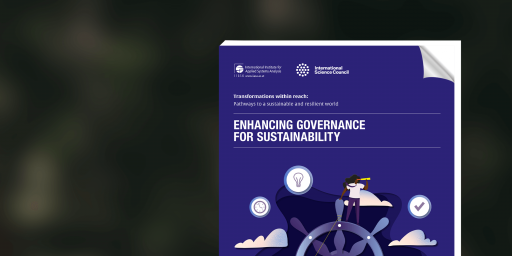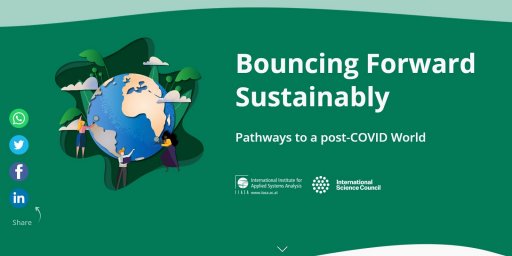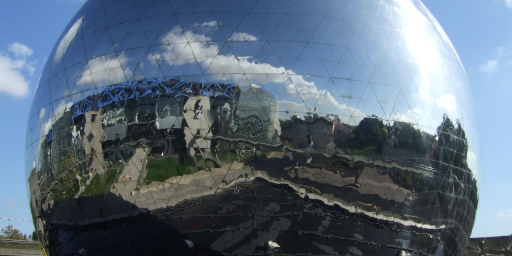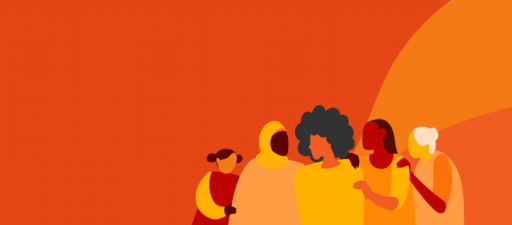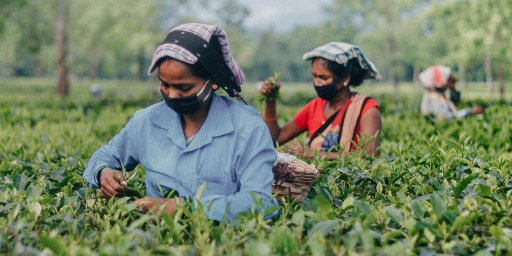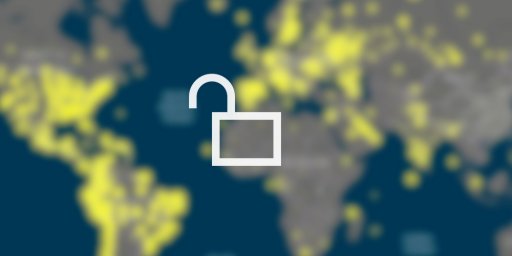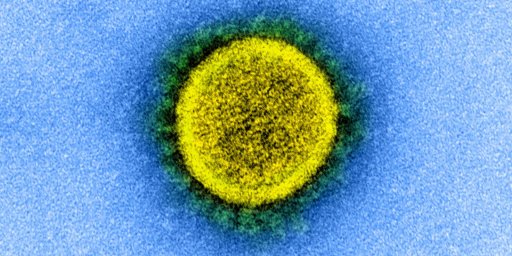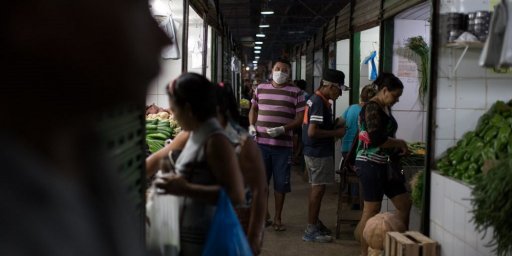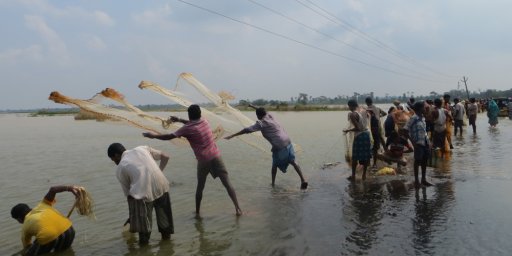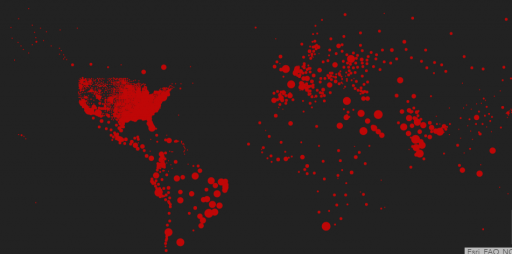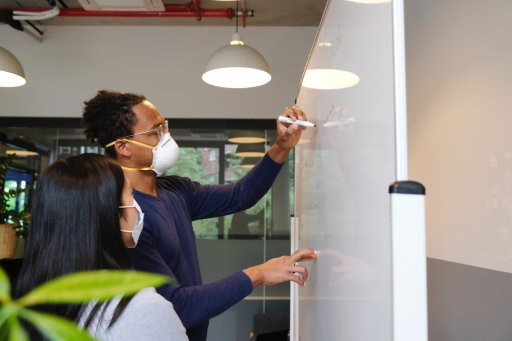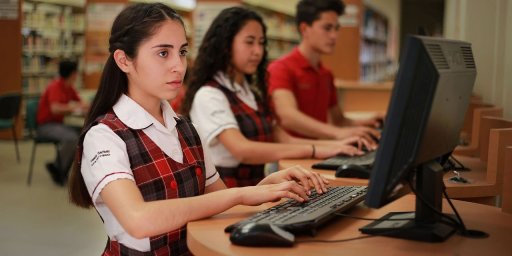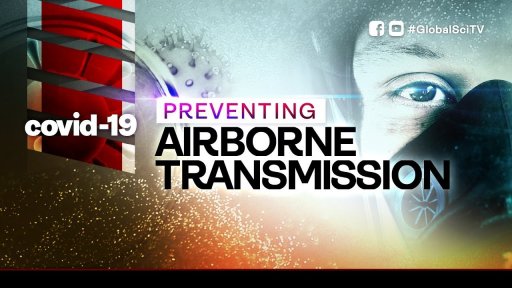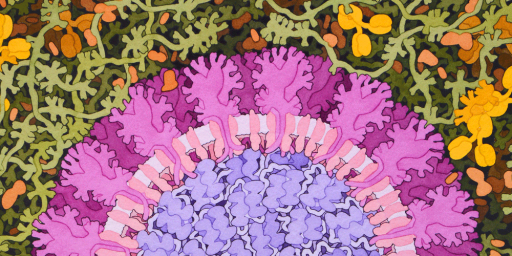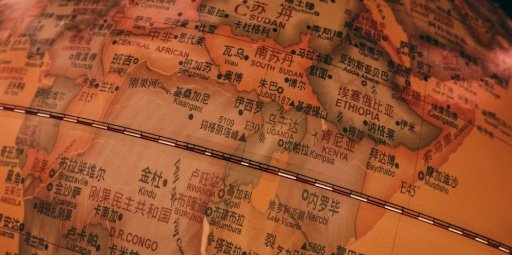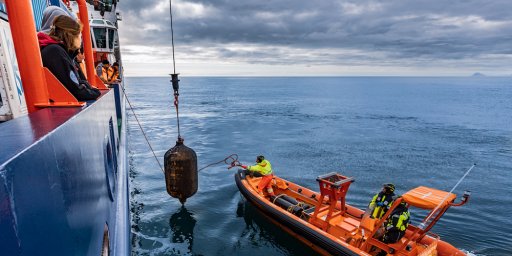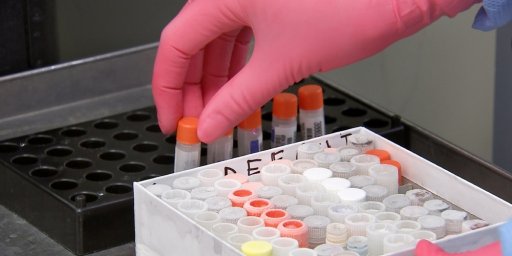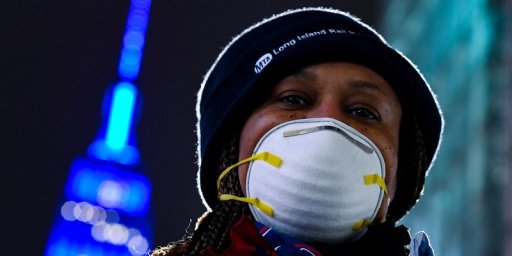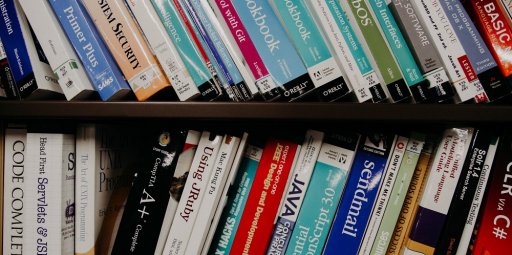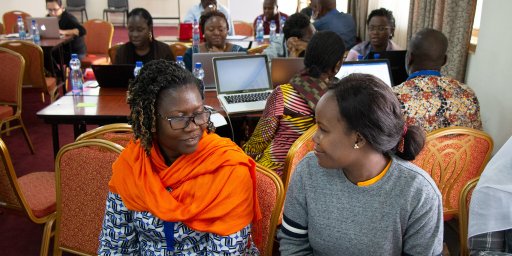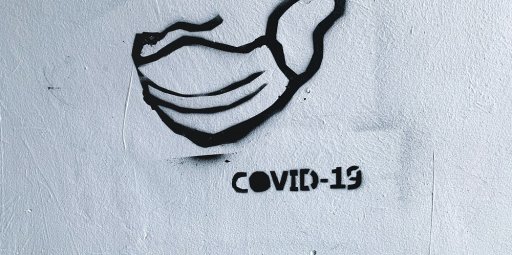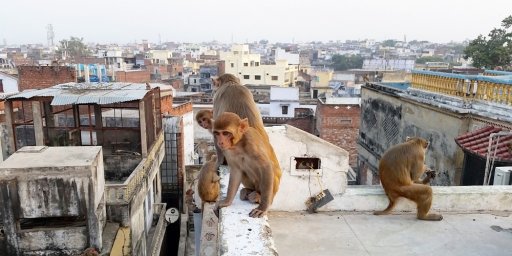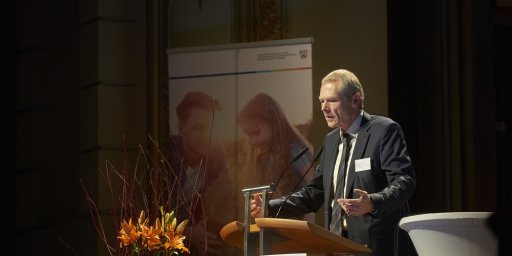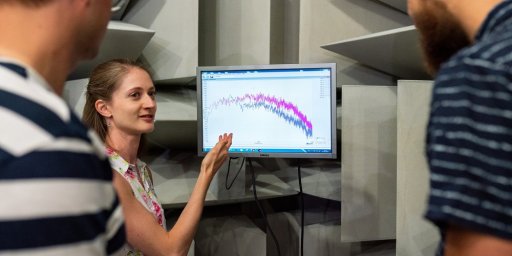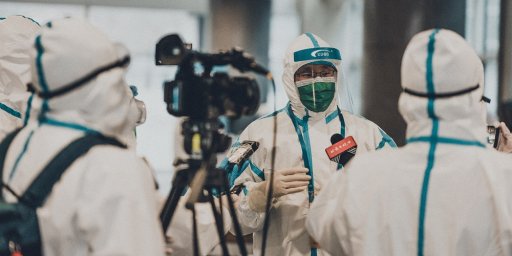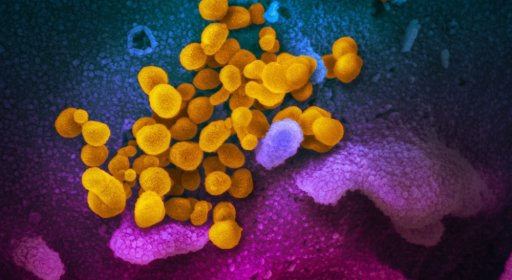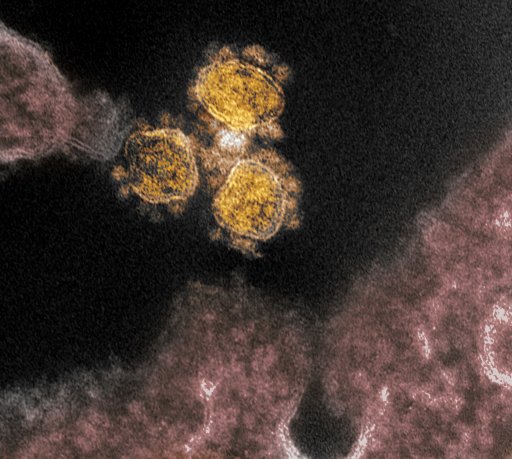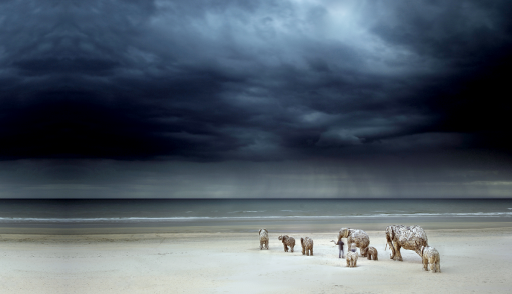Interview with Saadi Lahlou, Director of the Paris Institute for Advanced Study, and Olivier Bouin, Director of the RFIEA Foundation, leading coordinators of WPRN – the World Pandemic Research Network.
What is the World Pandemic Research Network (WPRN)?
WPRN is an edited depository that lists research projects and resources addressing the societal and human impact of the COVID-19 pandemic. WPRN is transdisciplinary but is primarily addressed to the human and social sciences, which are on the frontline in helping our societies to face the socio-economic impact of the crisis and to prepare “the world after”.
How did the network come about?
At the beginning of March 2020, a few days before the first national confinements, Xiaobo Zhang, Professor of Economics at the University of Beijing, and fellow of EURICS, the European Research Institute on Chinese Studies incubated at the Paris Institute for Advanced Study, gave a conference on the challenges that Chinese companies have faced since the beginning of the pandemic and would face in its aftermath, based on a survey of 2,500 companies just conducted in the previous weeks.
The benefit of this sharing of experience was obvious to anticipate and manage the crisis. The next day we organized a meeting between Zhang and the Paris City administration so the City could draw lessons from Chinese management and transfer the main conclusions. We did the same with advisors to the French President. We translated Zhang’s questionnaire into French and English to make it available for similar studies elsewhere in the world. Our idea was to help disseminate pioneer research and stimulate good collaborative practices.
It was clear to us how the pandemic brutally revealed the extent to which our destiny had become globalized, and how essential a global response had become. How could we share experience and resources, how could we learn to anticipate by taking advantage of what is being done elsewhere on the planet? We had to act swiftly to prepare for the social and economic tsunami that would follow the health crisis. Research and feedback would have to be shared, and institutional nationalism and disciplinary boundaries would have to be overcome in order to make full use of open science and collective intelligence.
And that had to start with knowing who does what, where. But there was no such instrument to do that. The idea of WPRN was born. There was an urgent need to create a “real-time repository” of research projects and research resources on the crisis that would follow COVID-19 at the international level. There was a need for a tool that was simple to use and would enable quick collaboration. In short, pushed by the urgency of the crisis, we built the tool that fills a gap in the current research ecosystem of social science and humanities, to enable quick reaction, collective intelligence and collaboration.
Why should individual researchers sign up?
WPRN stands out from other initiatives because of the robustness of its cloud-based infrastructure and because it mobilizes an international and interdisciplinary network of “referents” who sort projects, providing a first-class scientific “edited” output. In addition, the partner institutions will soon be able to earmark projects they have evaluated and funded with the “blazon” of their cognitive authority. A search engine such as Google (unlike WPRN) has neither a structured indexing nor a system for sorting the wheat from the chaff. As an example, most projects appear to have similar keywords (coronavirus etc.), and therefore search requests with standard search engines produce an avalanche of content, which is of mixed quality and utility. Databases of publications have good indexing and structure, and the documents are edited, but publications come out at least several months (in many cases, years) after the research, so they are of little help for building collaborations with colleagues who are working on the topic right now. On WPRN every project has a “contact” button connecting to project leaders, which makes getting in touch super easy.
Reactivity is crucial: the rapid setting-up of international collaborations between laboratories of different cultures and nature requires knowing who is ready to collaborate and who has the necessary competence now.
WPRN enables all this: sharing data, questionnaires, hypotheses in real time, all while maintaining the intellectual property (authorship) system of tracking and accountability. It creates the conditions for accelerating “good” research and the emergence of new collaborative research formats.
Will it also provide content aimed at other audiences, such as policy-makers?
So far over 400 projects and initiatives are registered in the wprn.org database. This number is growing day by day. Not only does WPRN give a vision to the research communities on what is happening and being done in the world; it is also a great tool for decision-makers, journalists, and many other civil society actors who need to have an up-to-date, international and prospective vision of the social and economic problems related to the crisis. Elected officials and large administrations, for example, can use WPRN to build innovative policies by drawing inspiration from what is being done elsewhere.
Do we need to do more to raise awareness of the unfolding social, human and economic impacts of COVID (in addition to the impacts on health) among the wider public and in the press?
Remember Fukushima? There was an earthquake, then a tsunami and its consequences. We have the equivalent here: the heath crisis will unfold into a second crisis, economic, which itself will have significant societal consequences. Many of which are dire as they deepen existing social inequalities, but may also include increased awareness, better resilience and positive changes. There are immediate hidden issues, for example, all the unfolding commercial disputes about broken contracts, insurance, ruptures in supply chains; within households, divorces and the consequences of abuse or other trauma, which may clog tribunals and counselling services. There will be also a big push on the use of digital technology (automation, remote management, online education, videoconferencing etc.). These bring the danger of our accrued dependency on the internet and networks in general, that in fact could be a major disrupted resource in the case of a climatic catastrophe or cyber-attack.
What are the future plans for the network?
In a sense, the pandemic offers us the opportunity to reach out and show that in this global game, innovation, openness and cooperation pay off, and much faster than protective and mainstream institutional nationalism. Indeed, this is a lesson that, in other areas, even industrialists operating in a highly competitive environment have understood – see the notions of horizontal innovation, open science, pre-competitive research. We are now expanding the WPRN platform to adapt it at the service of other pressing issues such as climate change, which are at the root of the next – alas, inevitable – crises. If we could anticipate a little more in this case the construction of global intersectoral cooperation and deploy collective intelligence before the crisis rather than during it, it would be a huge progress.
Networking and the sharing of information and resources are the real vectors to overcome the epidemic, but also in many other global issues. We are working towards this. We call on all people of goodwill, who have understood that this time we cannot wait, to join us. Registering a project on WPRN takes five minutes, and this simple action contributes to build the global commons we need for scientific advancement in the 21st century.
Photo by José Martín Ramírez C on Unsplash

